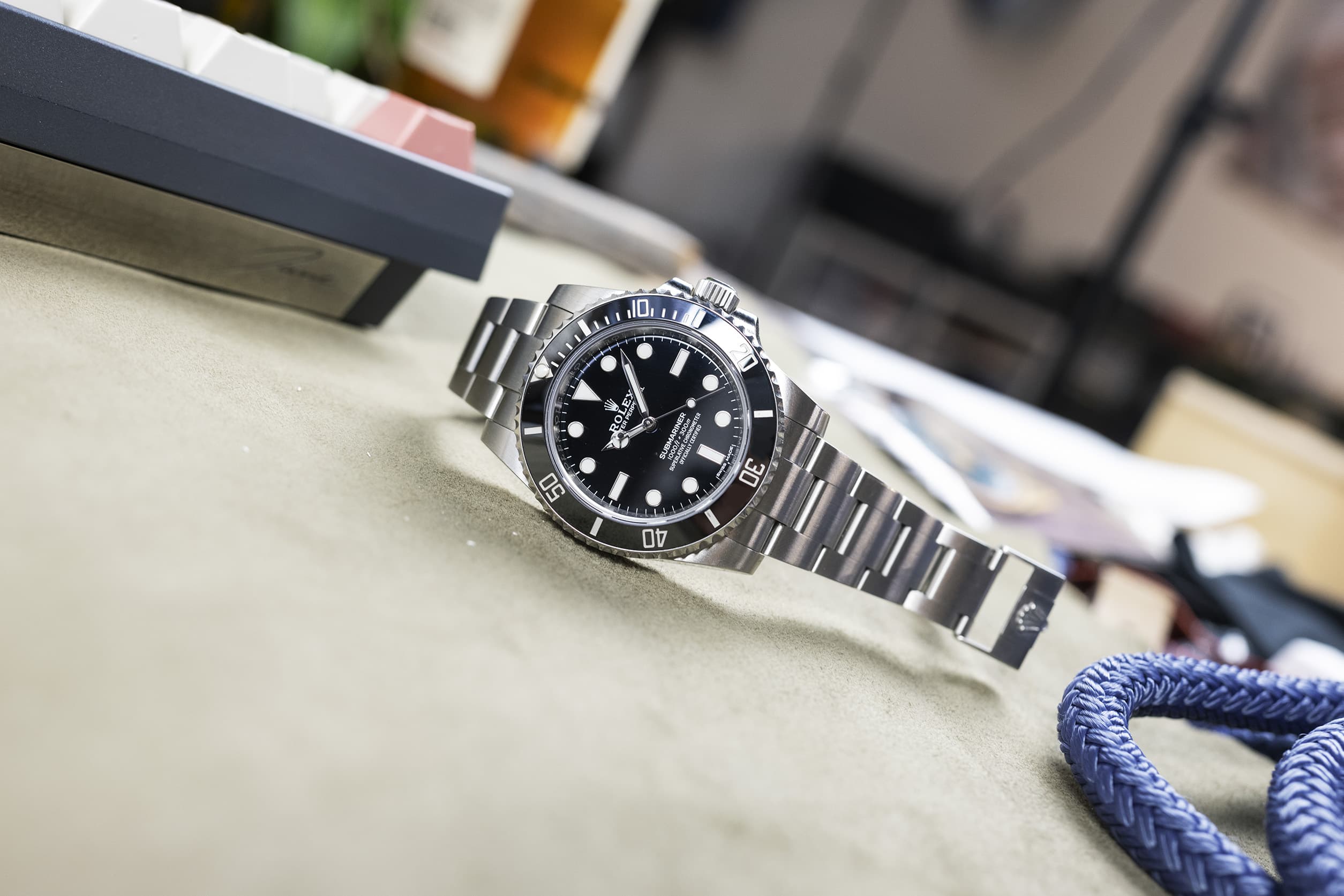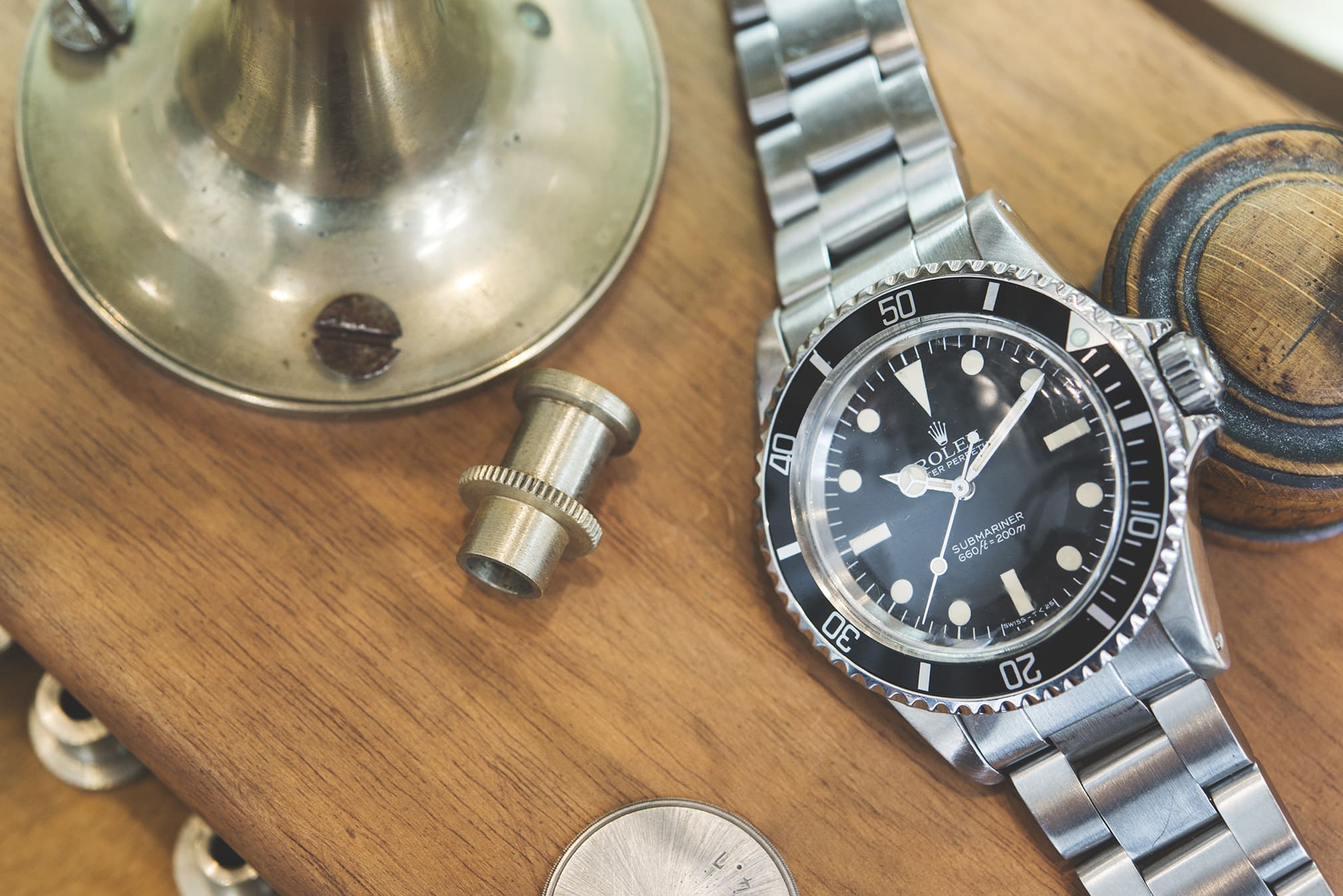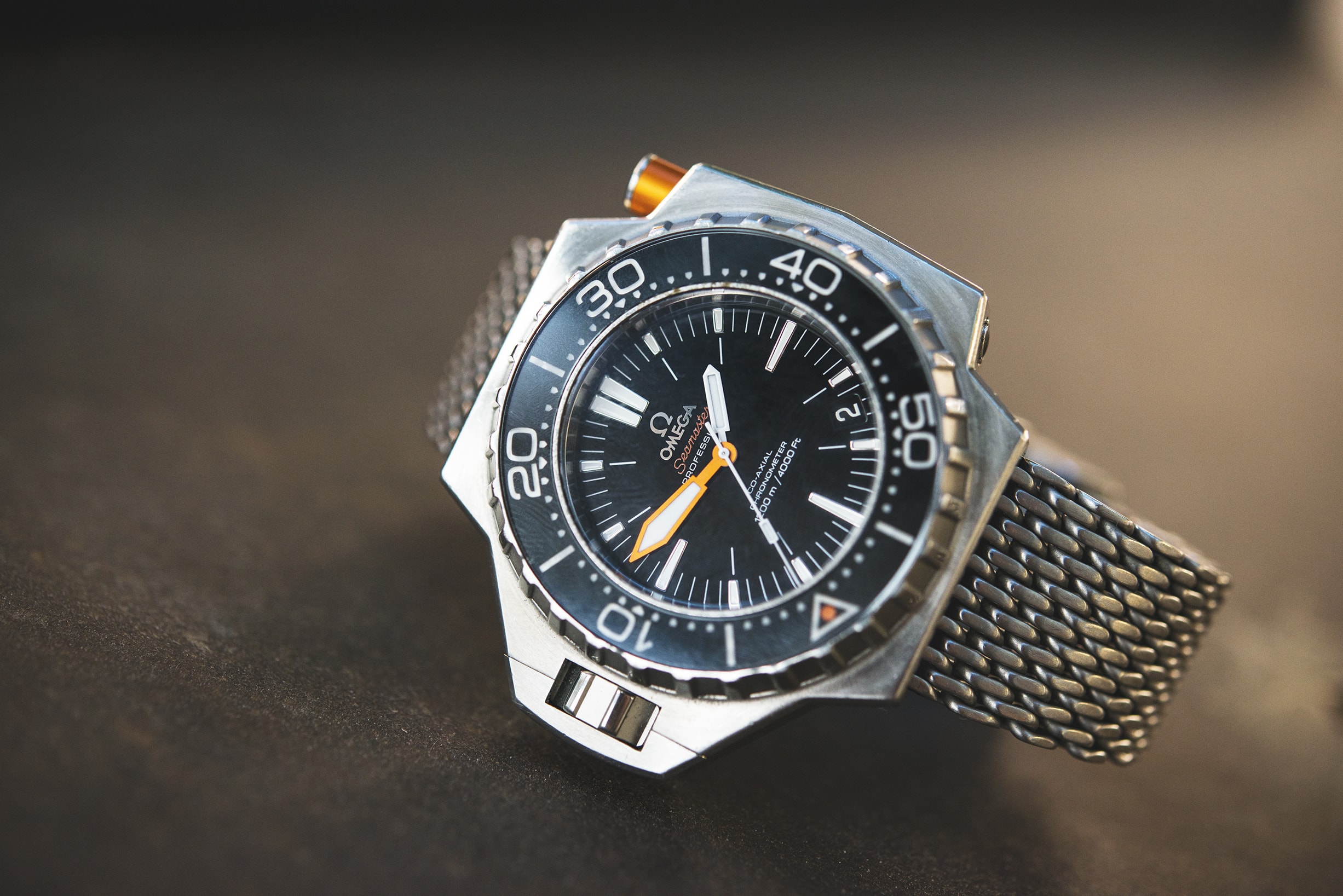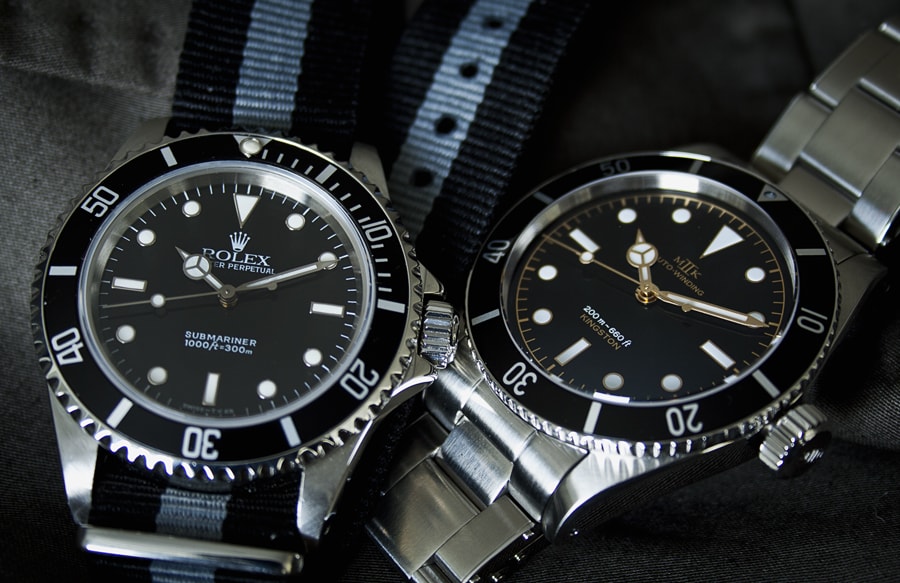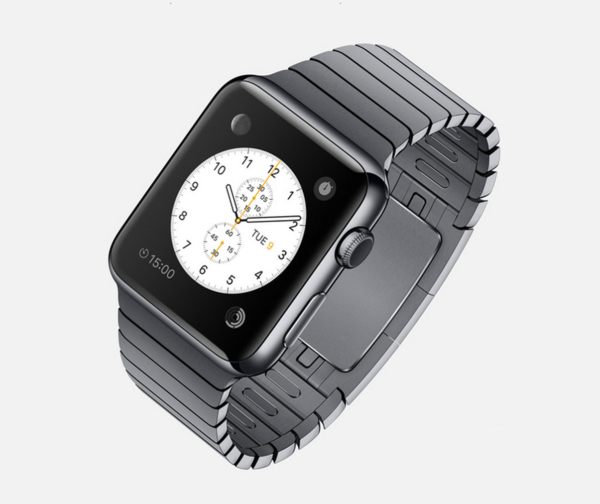I’m not sure how long it’s been around, and I’m not exactly up to speed on cultural platitudes the likes of which are defined by Urban Dictionary, but I do remember the first time I heard the word “basic” used in reference to a watch (and its surely unhip owner). It was on a podcast, and it was spoken by a serious collector in regard to a steel Patek Philippe 5711, a now comically mainstream watch. It gave me a similar feeling to that of arriving at my first year of university, where I quickly discovered the bands I enjoyed were way too mainstream, and that real aficionados listened to more ‘underground stuff I’ve probably never heard of’.
To be transparent, I’ve never owned a 5711 (or any Patek, for that matter), however I’ve always found them quite sublime in my few interactions with them over the years. Not quite my style, but I get the appeal (at retail, at least). This watch, along with many others now considered ‘basic’ have changed relatively little over the decades, but the world around them has changed quite a bit (you may have noticed). What you used to be free to enjoy for your own reasons, now seems to require an explanation lest your credentials as a watch enthusiast be called into question.
Why settle for anything ‘basic’ in the midst of such a lush environment of great watchmaking?









 Featured Videos
Featured Videos




